Worcester, known as “The Faithful City,” boasts a rich history marked by loyalty and resilience. This nickname isn’t just a casual moniker; it reflects the city’s steadfast allegiance during pivotal moments in British history.
One such moment occurred during the English Civil War when Worcester became a focal point for Royalist forces.
The city earned its title due to its unwavering support for King Charles II. Despite facing numerous sieges and hardships, Worcester remained a bastion of loyalty, showcasing its enduring commitment.
This steadfast support was epitomized during the Battle of Worcester in 1651, where local forces played a crucial role. Additionally, the city’s resilience in rebuilding and preserving its heritage further cemented its reputation as “The Faithful City.”
14 Reasons Why Is Worcester Called the Faithful City
Worcester, a historic city in Worcestershire, England, is often referred to as “The Faithful City.” This epithet dates back to the English Civil War of the 17th century and is deeply rooted in the city’s staunch loyalty to the monarchy during a tumultuous period in British history.
Here are the key reasons behind Worcester’s moniker:
1. Royalist Stronghold During the English Civil War
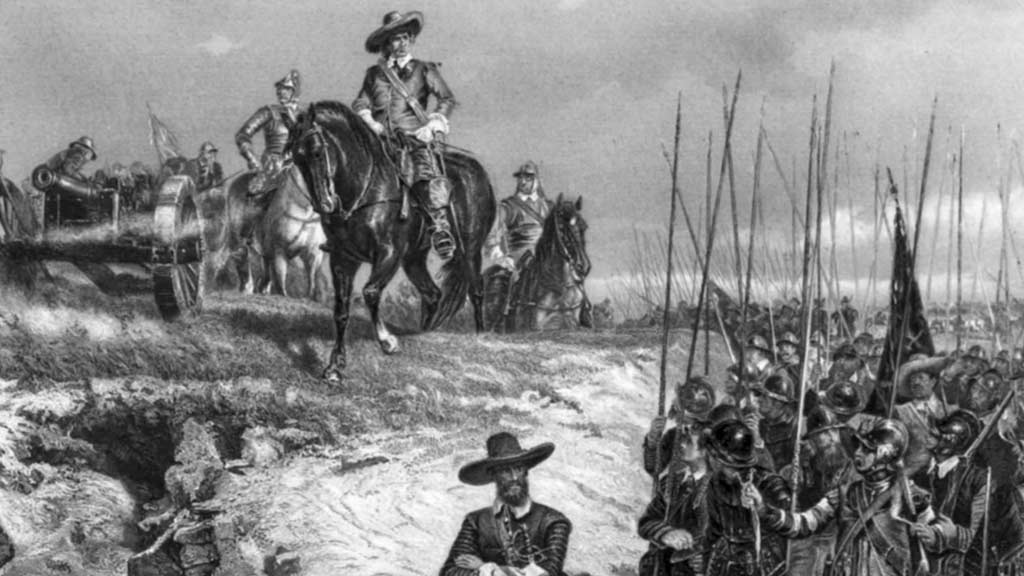
Worcester’s geographical location made it a strategic stronghold for Royalist forces. Positioned on the River Severn, it provided a vital link between the Royalist strongholds in Wales and the South West.
The citizens of Worcester, including the local gentry and clergy, overwhelmingly supported King Charles I, providing troops, resources, and strategic support.
The city’s fortified walls and defenses were strengthened to withstand Parliamentarian attacks, making it a key military hub for the Royalists.
2. Battles of Worcester
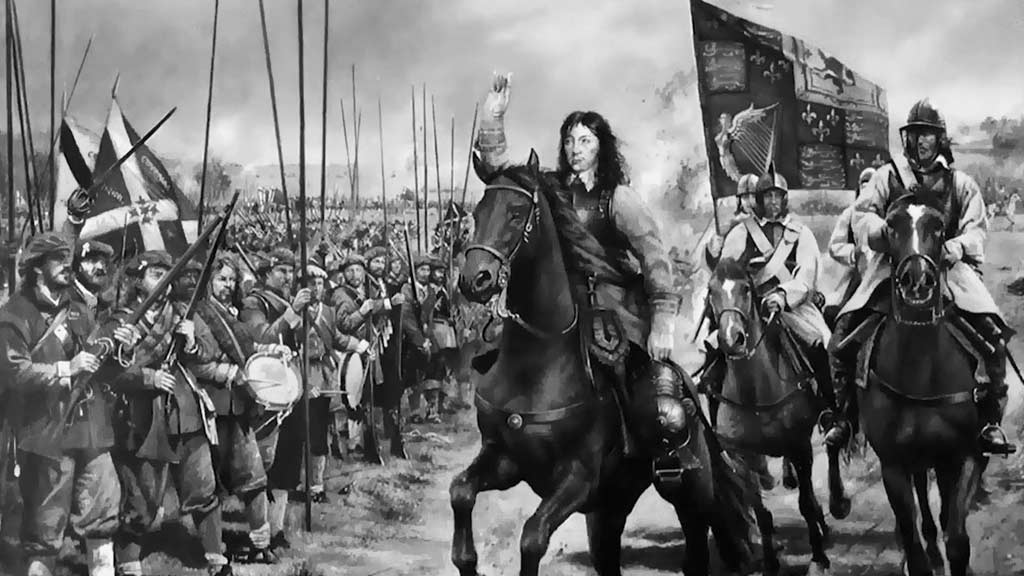
The early stages of the Civil War saw Worcester firmly in Royalist hands. The city was besieged and temporarily captured by the Parliamentarians, but it was quickly recaptured by Royalist forces. This battle demonstrated the city’s resilience and commitment to the King.
Known as the final battle of the English Civil War, this conflict was crucial. Despite being outnumbered and ultimately defeated by Cromwell’s forces, Worcester’s defense was determined and courageous.
The Royalist troops, bolstered by local supporters, fought valiantly, symbolizing the city’s unwavering loyalty. The battle’s outcome marked the end of the Civil War but solidified Worcester’s reputation for faithfulness.
3. The City’s Sufferings and Sacrifices
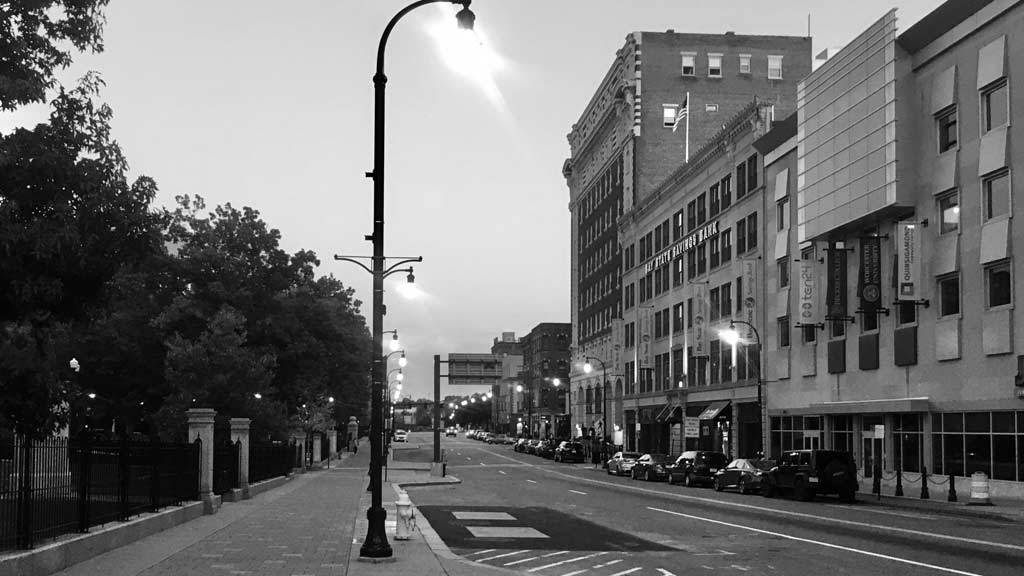
Worcester’s loyalty came at a significant cost. The city endured multiple sieges, extensive damage, and the suffering of its populace.
Properties were plundered, and many citizens faced imprisonment or execution for their support of the Royalist cause.
The heavy fines imposed by Parliamentarian victors devastated the local economy. Despite these hardships, the people of Worcester remained steadfast, their sacrifices embodying the city’s loyal spirit.
4. Royal Acknowledgement and Recognition
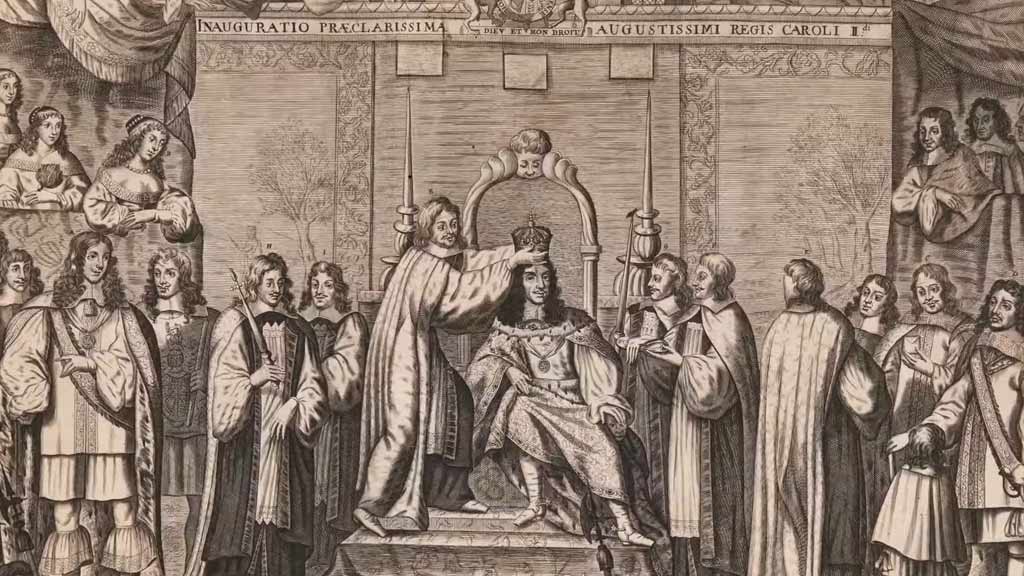
After the Restoration of the monarchy in 1660, King Charles II did not forget Worcester’s loyalty. He visited the city and expressed his gratitude for their support during his father’s reign and his own struggles.
This royal acknowledgement was a significant factor in perpetuating the city’s nickname. Charles II’s gratitude was also reflected in the granting of privileges and the restoration of civic freedoms that had been curtailed by the Parliamentarians.
5. Historical Legacy and Identity
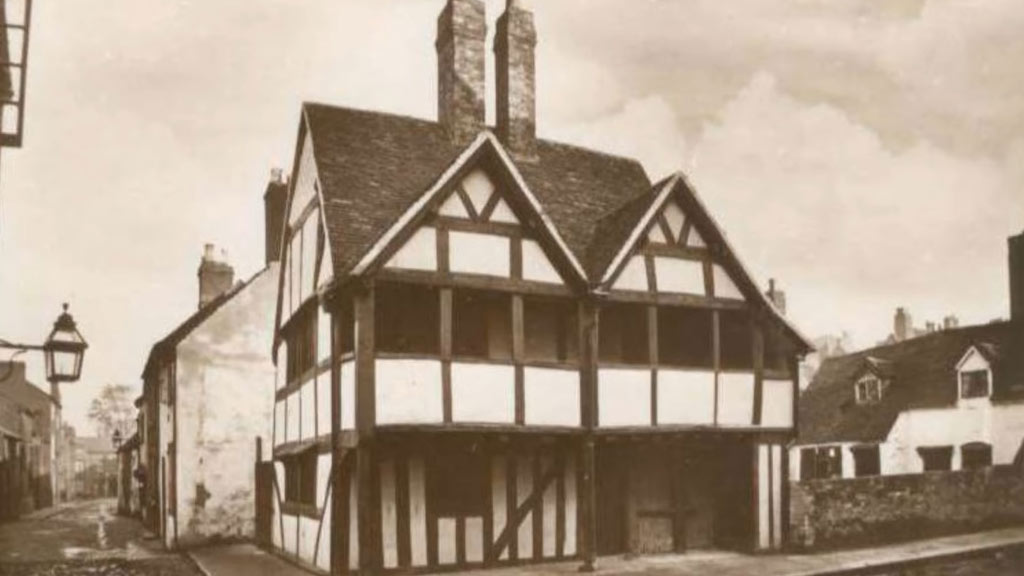
Worcester’s identity as “The Faithful City” is deeply ingrained in its culture and historical consciousness. This legacy is celebrated through local festivals, educational programs, and historical reenactments that honor the city’s steadfastness during the Civil War.
The narrative of loyalty and sacrifice is a point of civic pride and is passed down through generations, ensuring that the city’s historical identity remains vivid and relevant.
6. Charles II’s Escape and Local Support

Following the defeat at Worcester, King Charles II’s escape became legendary. He was aided by local sympathizers who provided safe houses and disguise, including the famous incident at Boscobel House where he hid in an oak tree.
Worcester’s citizens played a critical role in this escape network, risking their lives to protect the future king. This act of loyalty reinforced the city’s reputation for steadfastness and bravery.
7. Symbolic Acts of Defiance
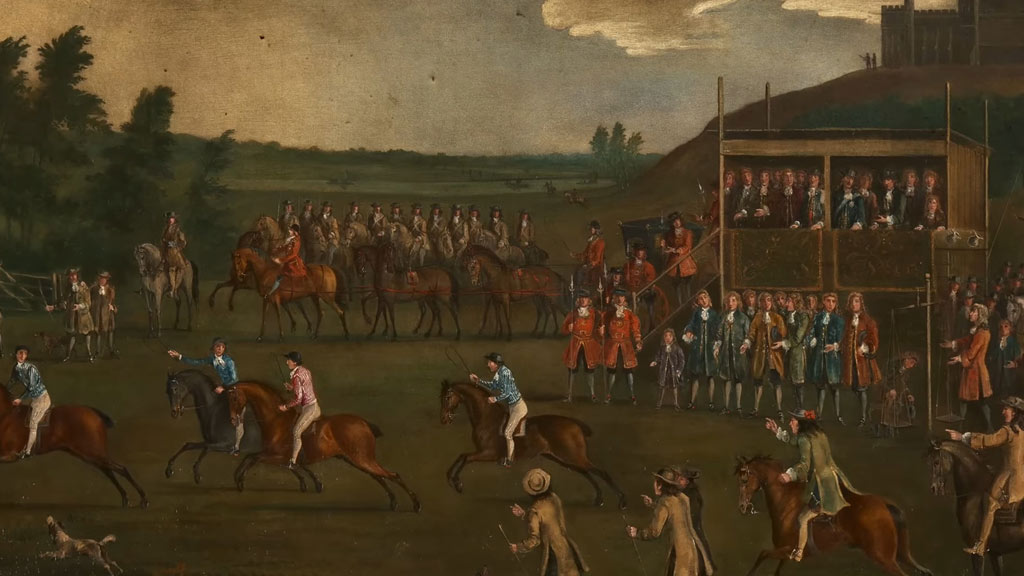
Worcester’s resistance during the English Civil War was marked by numerous acts of defiance. The city’s refusal to surrender easily to Parliamentarian forces, the fortification of its walls, and the spirited defense by its citizens were symbolic of a broader commitment to the Royalist cause.
These acts of defiance were celebrated and remembered as part of Worcester’s enduring legacy of loyalty. This dedication earned Worcester the moniker “The Faithful City.”
Additionally, King Charles I’s visit and the city’s significant role in the Battle of Worcester further cemented its reputation.
The local population’s unwavering support for the monarchy during times of strife contributed to this lasting honorific, reflecting a deep-seated allegiance.
8. Royal Visits and Honours
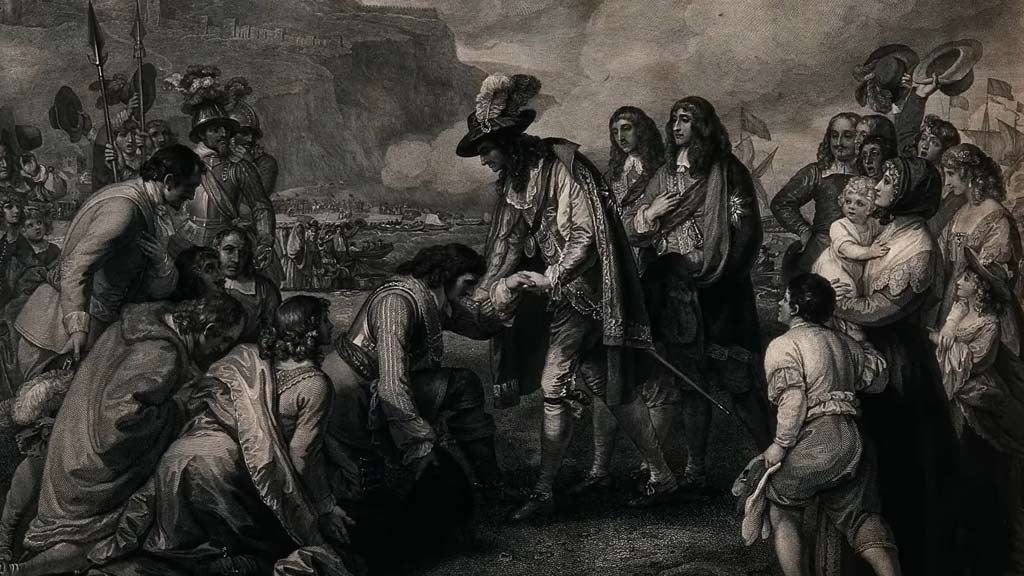
The Restoration period saw Worcester receiving multiple royal visits, particularly from King Charles II. These visits were not merely ceremonial; they were acts of recognition and gratitude.
The city was honored with various privileges, and its civic leaders were often acknowledged and rewarded for their loyalty.
These honors further embedded the title of “The Faithful City” into Worcester’s identity. Additionally, Worcester’s unwavering support during the confrontation between the Crown and Parliament solidified its reputation.
The loyalty demonstrated during these turbulent times earned the city lasting respect and prominence.
9. Historic Civic Records and Monuments
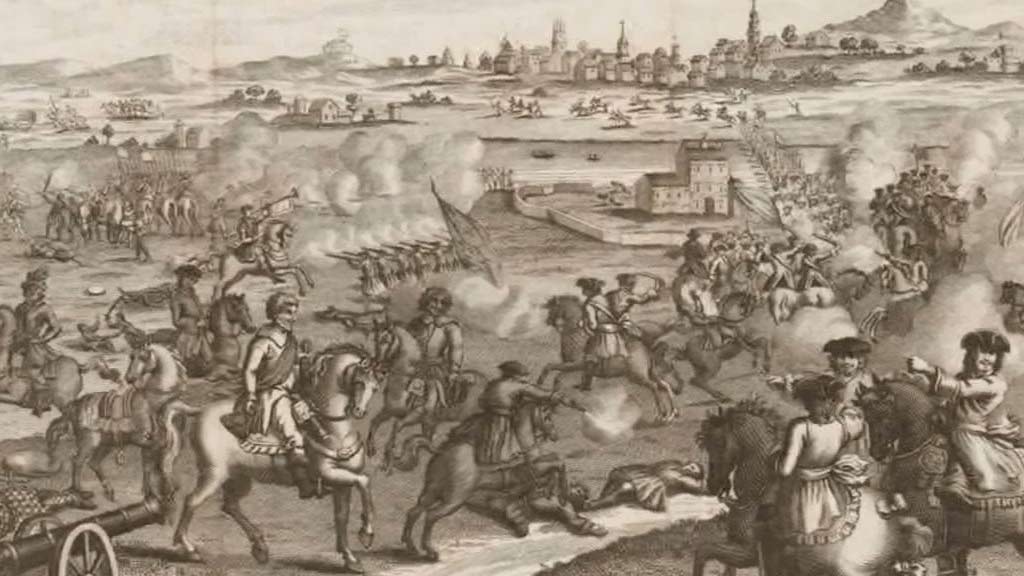
Worcester’s archives hold extensive records documenting the city’s experiences during the Civil War. These include council minutes, personal diaries, and letters that highlight the sacrifices and loyalty of its citizens.
Monuments such as the Royalist memorials and plaques throughout the city serve as tangible reminders of this period.
These historical records and monuments play a crucial role in preserving and commemorating Worcester’s faithful legacy.
The resilience of Worcester’s inhabitants during times of conflict underscores their steadfast commitment. Additionally, the city’s strategic location and its role in key battles further solidify its moniker as “The Faithful City.”
This dedication to loyalty and sacrifice has been passed down through generations, cementing Worcester’s historical reputation.
10. Cultural and Educational Legacy
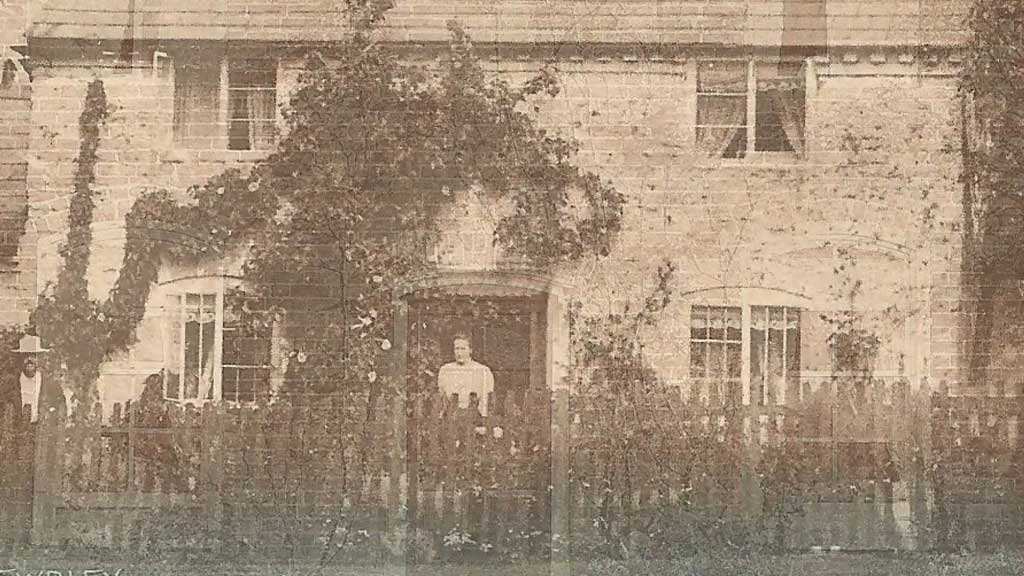
Worcester’s history as “The Faithful City” is integrated into the educational curriculum of local schools. History lessons often focus on the Civil War period, emphasizing the city’s role and contributions.
Cultural events, such as the annual Civil War reenactments and historical tours, help to bring this history to life. These educational and cultural initiatives ensure that the story of Worcester’s loyalty continues to be celebrated and understood by new generations.
11. The Motto “Civitas in Bello et Pace Fidelis”
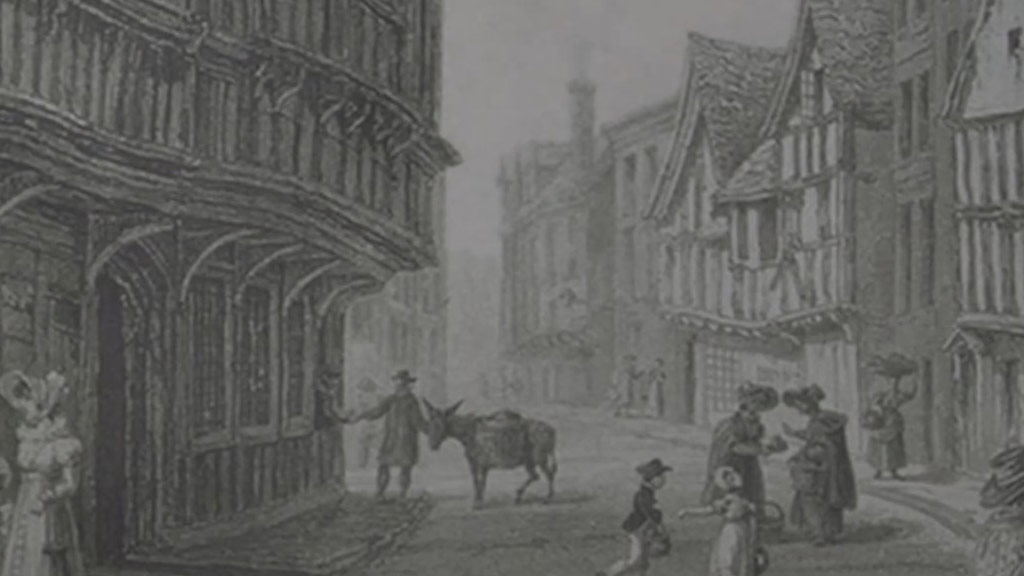
The city’s motto, “Civitas in Bello et Pace Fidelis,” succinctly captures Worcester’s essence. This Latin phrase, meaning “The City Faithful in War and Peace,” reflects the city’s historical role during the Civil War and its ongoing commitment to loyalty and resilience.
The motto is prominently displayed on civic buildings, official documents, and is often referenced in civic events, reinforcing the city’s identity.
Worcester’s loyalty dates back to the English Civil War when it remained steadfastly Royalist. Its strategic importance and the residents’ unwavering support for King Charles II during tumultuous times earned it this enduring moniker.
Today, Worcester celebrates this heritage through annual events and educational programs, ensuring that the legacy of fidelity remains a cornerstone of its identity.
12. Modern Recognition and Heritage
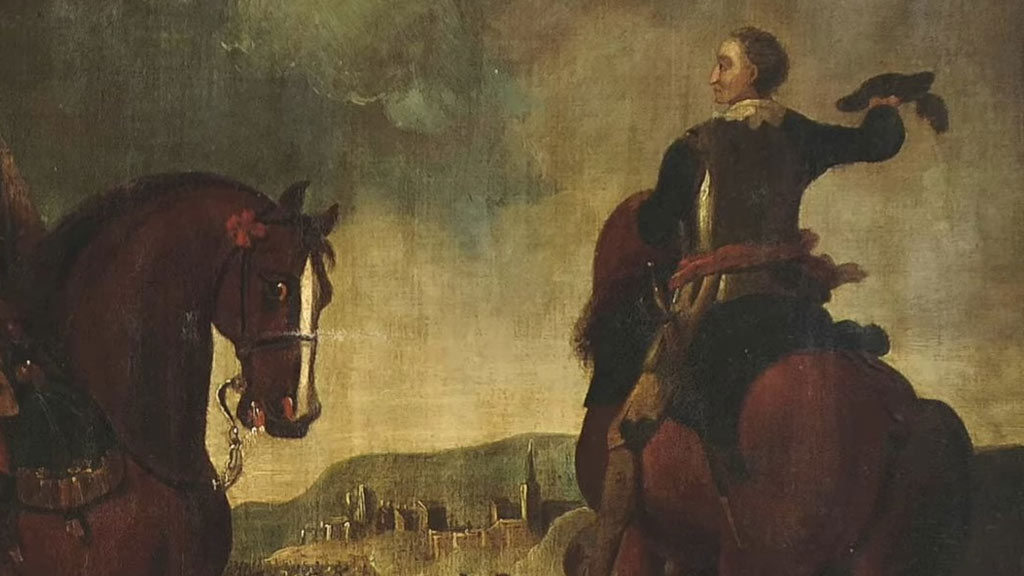
In contemporary times, Worcester’s reputation as “The Faithful City” continues to be recognized and celebrated. Heritage organizations promote the city’s rich history to tourists and historians.
The city’s role during the Civil War is a key aspect of its tourism industry, attracting visitors interested in British history.
This modern recognition helps to keep the legacy of Worcester’s loyalty alive and ensures that its historical significance is appreciated. In contemporary times, Worcester’s reputation as “The Faithful City” continues to be recognized and celebrated.
13. The Cathedral’s Role
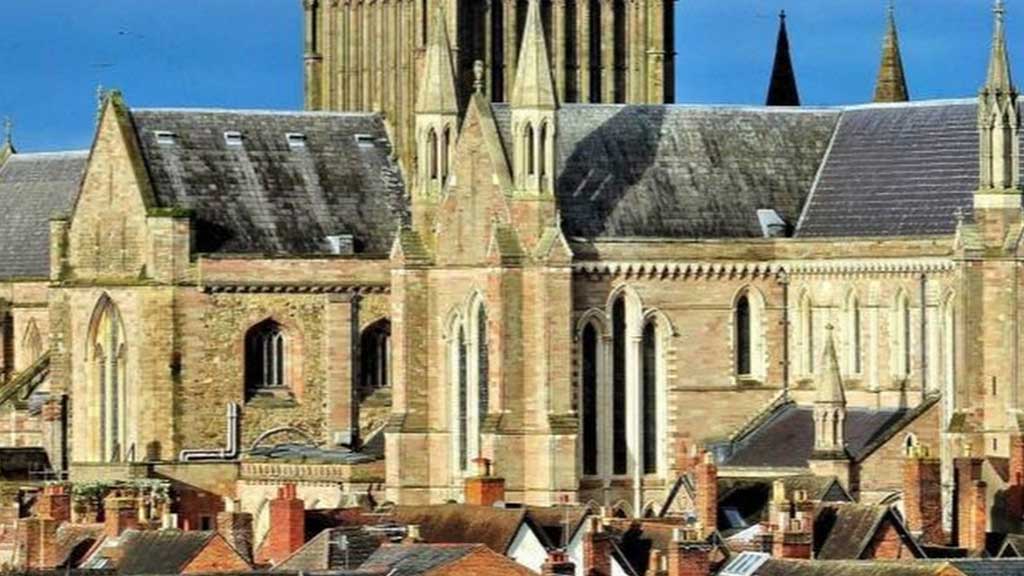
Worcester Cathedral was a focal point during the Civil War. As a Royalist stronghold, it witnessed significant events and suffered damage during the conflicts.
The Cathedral’s involvement symbolizes the broader commitment of Worcester’s institutions to the Royalist cause. Today, the Cathedral stands as a symbol of the city’s historical faithfulness, with various memorials and artifacts commemorating its role during the Civil War.
Additionally, Worcester’s unwavering allegiance to King Charles I earned it the nickname “The Faithful City.” This steadfast loyalty, despite the challenges faced, is deeply ingrained in the city’s identity.
As a result, Worcester remains a testament to resilience and dedication, qualities celebrated by its residents and visitors alike.
14. Community Resilience and Identity
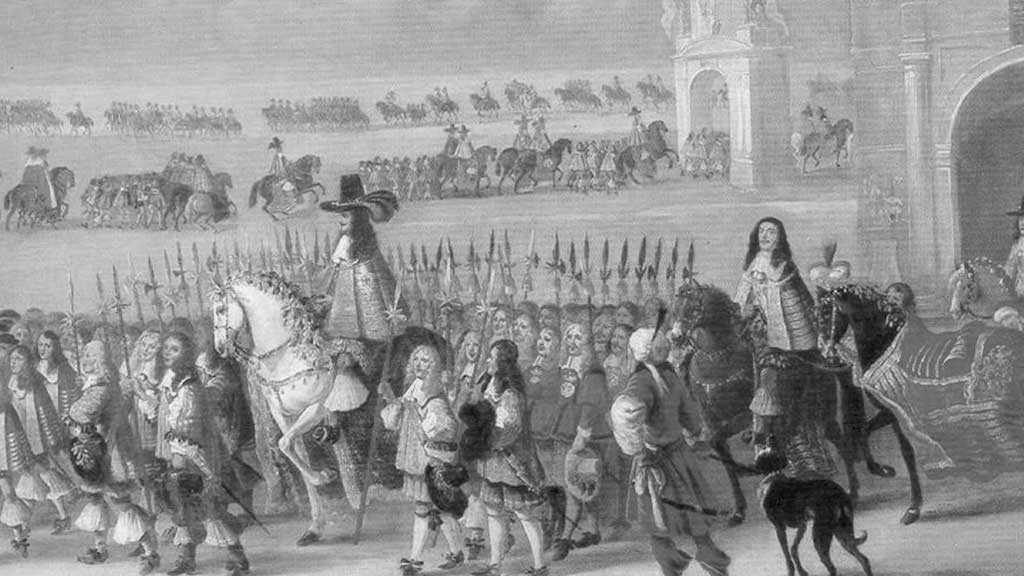
The narrative of Worcester’s loyalty during the Civil War has fostered a strong sense of community resilience and identity.
This history is a source of pride and unity for the residents. It highlights the values of loyalty, sacrifice, and perseverance that continue to define the city’s character.
Community events, local storytelling, and civic pride all contribute to maintaining this resilient identity. Worcester’s title as “The Faithful City” isn’t just a historical footnote; it’s a living testament to its enduring spirit.
Annual festivals and educational initiatives ensure that this legacy is passed on to future generations, reinforcing a collective commitment to these foundational ideals.
Frequently Asked Questions
What were the Roman origins of Worcester?
Worcester, originally known as Vertis, dates back to Roman times. It started as a Roman settlement and has evolved significantly since its origins.
How did Worcester become a commercial center by the 9th century?
By the 9th century, Worcester had developed into a thriving commercial hub due to its strategic location and growing economy.
What role did Worcester play during medieval times?
During medieval times, Worcester grew in significance with the construction of protective walls, which bolstered its defense and importance.
Why is Worcester known as “The Faithful City”?
Worcester earned the moniker “The Faithful City” for its steadfast loyalty to the Crown during the English Civil War, especially notable in the Battle of Worcester in 1651.
Conclusion
Worcester’s title as “The Faithful City” is a testament to its rich history and enduring loyalty. From its Roman roots to its pivotal role in the English Civil War, the city’s commitment to its principles has been unwavering.
Today, Worcester honors its legacy through annual ceremonies, educational initiatives, and cultural programs. These efforts not only preserve the city’s storied past but also connect residents and visitors with its heritage.
By understanding why Worcester is called “The Faithful City,” you gain a deeper appreciation for its historical significance and the resilience of its people.
This enduring loyalty is also reflected in the city’s architecture, museums, and community events, which all serve as reminders of Worcester’s steadfast spirit.
Whether you are exploring the Medieval Worcester Cathedral or attending the annual Civil War reenactments, you are participating in a living history that continues to define Worcester’s unique identity.
Jaclyn Lowe